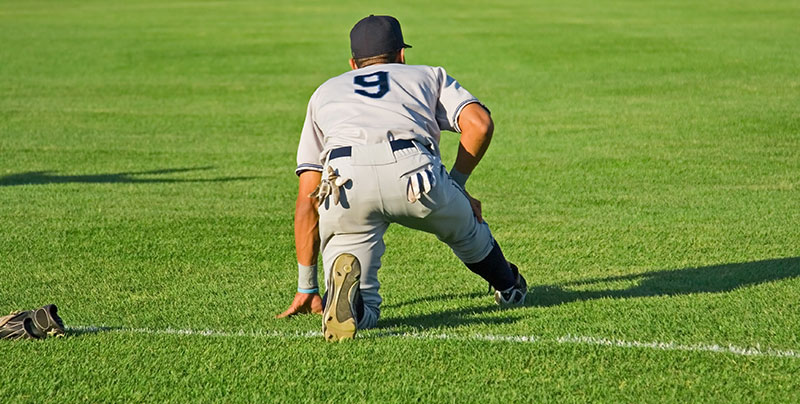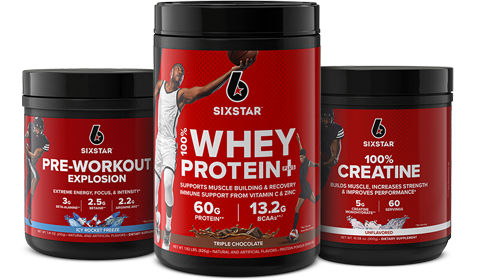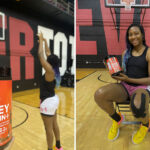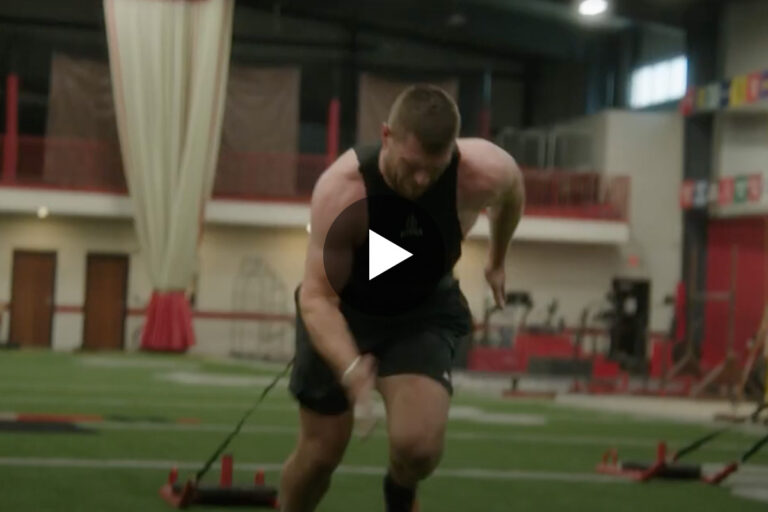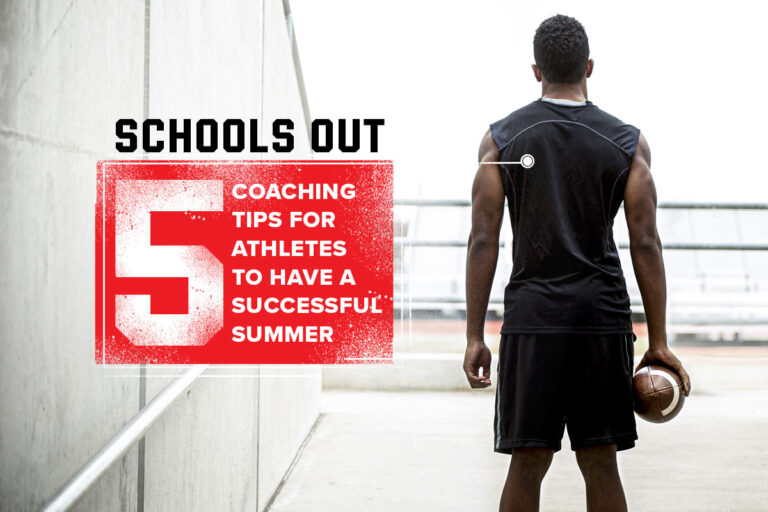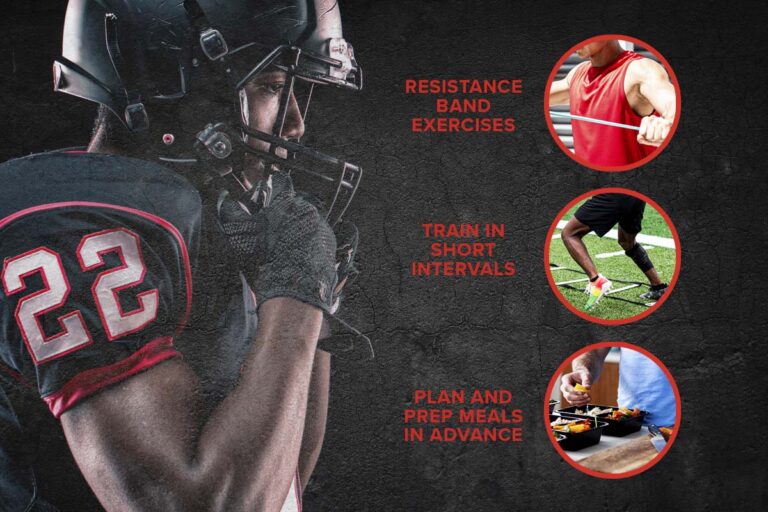There’s nothing baseball players like to do more than play the game that they love. But all of those practices and games can add up over time and lead to overuse injuries, especially if the baseball players are specializing in only one sport, according to a review in the Journal of Athletic Training.
The review found that injury rates for the shoulder and elbow among high school baseball players were 1.39 per 10,000 athlete-exposures (AEs) and 0.86 per 10,000 AEs, respectively. High school baseball pitchers sustained 39.6% of shoulder and 56.9% of elbow injuries overall, highlighting that the shoulder and elbow account for a large percentage of injuries for athletes participating in throwing-dominant sports like baseball.
So, what can baseball players do to try and minimize any sport-related overuse injuries? Well, for starters, they should come up with a pregame routine and warm up properly by stretching, running, and doing easy, gradual throwing. They should also cool down after every game or practice and do some static stretching.
Stretching Techniques For Baseball Players
A good stretching routine can help baseball players minimize muscle imbalances, prevent injury, and improve their on-field performance. Players should warm up for about five to 10 minutes prior to stretching. They can either do some light running or a light aerobic activity like jumping jacks. And since baseball is a dynamic sport, players should do dynamic stretches before any practice or game.
Dynamic Stretches For Baseball Players
A dynamic warm up routine uses quick movements to prepare you for specific baseball activities such as throwing, hitting, and running. Dynamic stretching decreases the chances of injury, while enhancing strength, flexibility, and power. Some dynamic stretches that you can do before practice or a game are shoulder circles and arm circles, the 90/90 stretch, and the World’s Greatest Stretch.
Shoulder Circles and Arm Circles: Shoulder circles and arm circles are a great way to warm up your shoulders and arms before any baseball drills. To do shoulder circles, stand with your feet shoulder-width apart and your arms at your sides. Then make forward circular motions with your shoulders without moving your arms or head. After that, go backwards. Arm circles are pretty similar to shoulder circles, too. Simply place your arms out to your sides and make circular motions with them. These circular motions will be similar to your throwing motion. First start with small circles and then make the circles bigger as you go.
90/90 stretch: The purpose of the 90/90 stretch is to improve your hip mobility. To perform the 90/90 stretch, sit on the floor and bend one leg in front of your body with your hip rotated out. Your leg should form a 90-degree angle and your ankle should be neutral so your foot is pointing straight out. Then position your other leg beside you with your hip rotated inward and your shin and ankle on the ground. Bend your knee so your leg forms a 90-degree angle. Try to keep your back knee in line with your hip, and your ankle in neutral. Also, keep your back straight and try to resist the urge to bend down to one side. Think about sitting into both hips equally and easing your lifted hip straight down toward the ground. Hold this stretch for up to 60 seconds and complete three reps on each side.
The World’s Greatest Stretch: With a name like this, you know this stretch has to be a good one. The World’s Greatest Stretch (WGS) targets every major muscle in your body and helps with thoracic spine mobility, as well. To do the WGS, start in a lunge position with your right leg forward and your foot flat on the floor. Your right knee should be bent in a 90-degree angle with your left leg extended behind you. The left ball of your foot should be flat on the floor. Place your hands on the floor inside your right leg, and keep your back flat. That’s step one. For step two, lift your right hand off of the floor, bend your right elbow 90-degrees, and reach your elbow toward the instep of your right foot. Try and go as far as you can without rounding your back. After three to five seconds, return your right hand to the floor to begin step three. Rotate your torso to the left and extend your left arm to the sky with your palm out. For the fourth step, return your left palm to the floor after three to five seconds. Then rotate your torso to the right, pressing through your left palm and lifting your right hand to the sky with your palm out and eyes following. Drop your left knee and toe to the floor and place your hands on top of your right thigh as part of step five. Then squeeze your butt and slightly tuck your pelvis. Press your hands into your thigh and push your torso away, extending your spine as tall as you can. You can add to the stretch by extending your arms and reaching your fingers toward the sky. To finish out the WGS stretch, place your hands on the floor on either side of your right leg. Then shift your hips back and straighten your right leg with your foot flexed. Try to keep your back as flat as possible as you do this.
Static Stretches For Baseball Players
It’s also important to cool down at the end of any baseball practice or game. Static stretches are a great way to improve your overall flexibility by doing long slow holds. Try to maintain each of the following static stretches for 20 to 30 seconds and then repeat each stretch three times.
Seated Calf Stretch With A Resistance Band: Using a resistance band for this exercise will allow any ball players with extremely tight hamstrings and calves to increase their range of motion. And if you don’t have a resistance band handy, just use a towel or something similar instead. To perform a seated calf stretch with a resistance band, sit on the floor with your legs extended. Loop a resistance band around one foot, while holding both sides of the band with your hands. Gently pull your toes toward your shin until you feel the stretch in your calf. Then repeat on the other side.
Rotating Wrist and Forearm Stretch: Since your forearms are responsible for moving your wrists and fingers, it’s important to keep them loose. To do the rotating wrist and forearm stretch, place one arm straight out in front of you and parallel to the ground. Rotate your wrist down and outward. Then use your other hand to further rotate your hand upward.
Posterior Shoulder Stretch: To prevent posterior shoulder tightness, do this posterior shoulder stretch after practice or a game. Hold your right elbow with your left hand. Then use your left hand to pull your right arm gently up and across your body. You will feel a gentle stretch across the back of your shoulder. Hold for at least 15 to 30 seconds and then slowly lower your arm.
